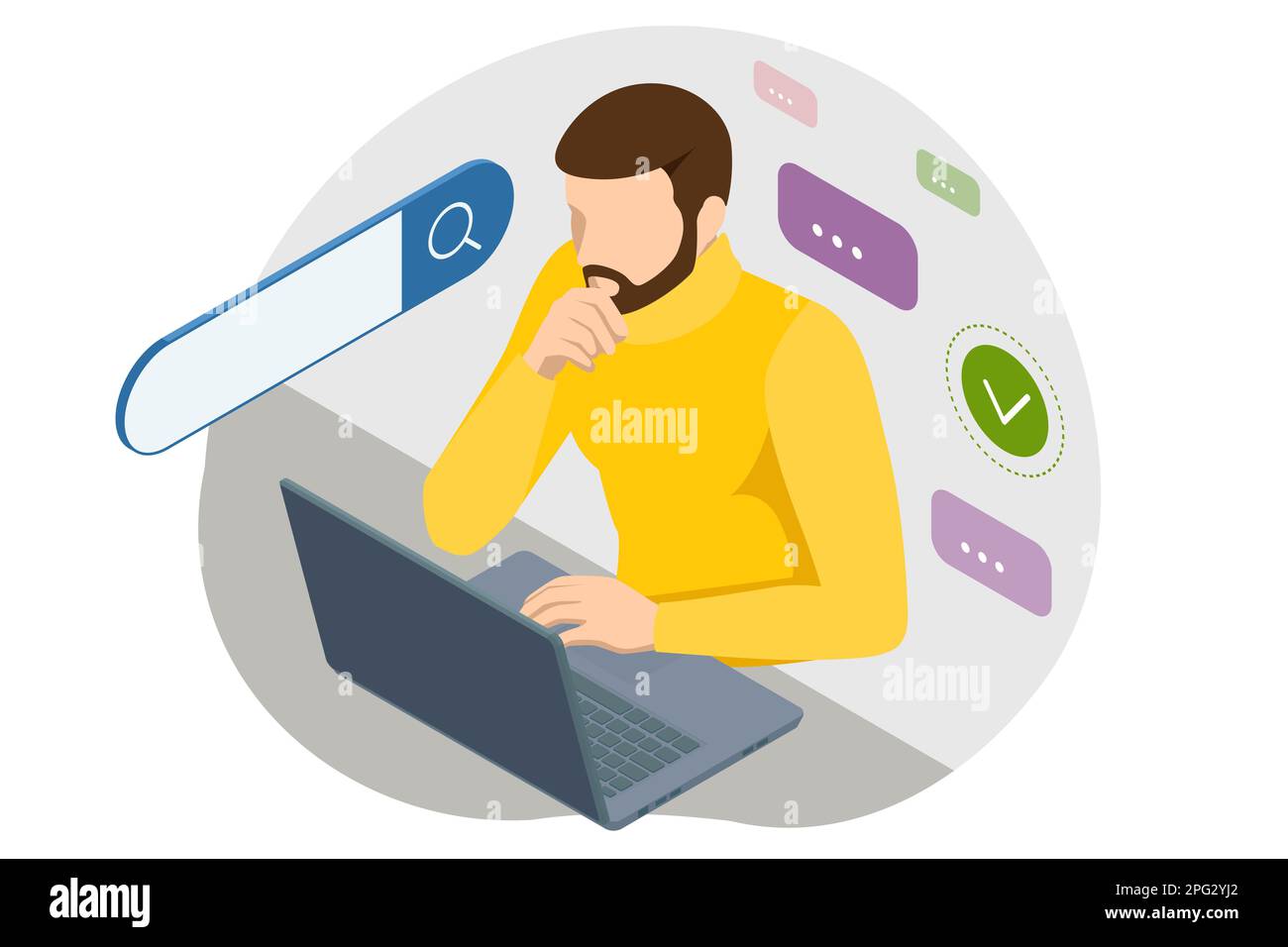Course Casino Géant : Le Guide Complet pour Découvrir et Maîtriser le Monde du Jeu en Ligne en France
Dans un pays où le goût du jeu est profondément ancré dans la culture — de la Bretagne aux Alpes, en passant par le Sud de la France — course casino géant s’impose comme une véritable révolution digitale. Ce phénomène, qui allie l’excitation des courses de chevaux aux sensations intenses des casinos en ligne, offre une expérience immersive, accessible à tous, et parfaitement adaptée au rythme de vie actuel. Que vous soyez un joueur débutant ou un habitué des tables de blackjack, course casino géant vous invite à explorer un univers riche, sécurisé, et toujours en mouvement.
Pourquoi Choisir Course Casino Géant ?
Le concept de course casino géant repose sur une synergie entre deux univers du jeu : les courses hippiques et les casinos virtuels. Grâce à une technologie avancée, les joueurs peuvent suivre en direct les courses de chevaux, placer des paris, et simultanément participer à des jeux de casino en temps réel. C’est bien plus qu’un simple site de pari : c’est une expérience de jeu intégrée, où chaque course devient une scène de jeu, chaque cheval un personnage principal.
Mais ce qui distingue course casino géant des autres plateformes, c’est sa capacité à créer un lien émotionnel fort entre le joueur et le jeu. Grâce à des animations dynamiques, des commentaires en direct, des récompenses instantanées et des événements exclusifs, chaque session devient un moment inoubliable.
Sécurité et Licences : La Confiance au Cœur de Course Casino Géant
La confiance est le pilier de tout bon casino en ligne, et course casino géant ne déçoit pas. Tous les établissements proposant cette expérience sont licenciés par les autorités françaises et internationales, notamment par l’Autorité de Régulation des Jeux en Ligne (ARJEL) et l’Agenzia Nazionale Gioco (Agenzia del Gioco). Ces licences garantissent :
Une gestion rigoureuse des fonds des joueurs,
Une transparence totale sur les règles et les taux de redistribution,
Une protection des données personnelles conformes au RGPD.
En outre, les plateformes course casino géant utilisent des protocoles de cryptage SSL avancés, des systèmes de vérification à deux facteurs (2FA), et des méthodes de paiement sécurisées comme PayPal, Virement Bancaire, Cartes Bancaires, et portefeuilles numériques (Skrill, Neteller).
Jeu Responsable : Un Engagement Pour Tous
Le jeu en ligne peut être addictif, et course casino géant s’engage pleinement dans une politique de jeu responsable. Les joueurs bénéficient de :
Des outils de gestion de budget (limites de dépenses, plafonds de temps),
Des alertes personnalisées (notifications de dépenses, rappels de pause),
Des programmes de fidélité avec niveaux progressifs,
Un accès à des ressources éducatives (vidéos, guides, webinaires).
Des outils comme le “Joueur Actif” ou le “Pari-Club” encouragent les joueurs à jouer de manière équilibrée, tout en récompensant leur engagement. Des experts en jeu pathologique sont également disponibles via chat en direct ou appel téléphonique, renforçant le sentiment d’accompagnement.
Bonus Généreux : Le Cœur de l’Engagement
Un des atouts majeurs de course casino géant est sa générosité en matière de bonus. Dès leur inscription, les nouveaux joueurs reçoivent :
Un bonus de bienvenue jusqu’à 1 000 €,
Des free spins sur les machines à sous les plus populaires,
Des recharges hebdomadaires et des bonus de fidélité.
Mais ce n’est pas tout : les joueurs peuvent également profiter de :
Des bonus de recharge (100 % sur le premier dépôt, 50 % sur le deuxième),
Des tournois exclusifs avec des prix en argent réel,
Des cadeaux surprise à chaque course gagnée.
Ces incitations stimulent la participation, augmentent la durée de séjour sur la plateforme, et renforcent la loyauté des joueurs.
Les Jeux Populaires de Course Casino Géant
Parmi les jeux les plus appréciés sur course casino géant, on retrouve :
- Machines à Sous en Ligne (Slots)
Les machines à sous en ligne sont les stars incontestées du monde du jeu. Sur course casino géant, elles offrent une expérience visuelle et sonore immersive, avec des graphismes HD, des animations fluides, et des thèmes variés.
Thèmes populaires : aventures épiques (ex. : Temple of Ra), univers de cinéma (Jurassic Park, Marvel), mythologies (Grecque, Égyptienne), et univers fantastiques (fantasy, cyberpunk).
Fonctionnalités avancées : free spins, multiplicateurs, jeux bonus, jackpots progressifs, et modes de jeu interactifs.
Volatilité : les slots sont classées selon leur volatilité (faible, moyenne, élevée), permettant aux joueurs de choisir selon leur style de jeu :
– Faible volatilité : gains fréquents, petits gains (idéal pour les débutants),
– Haute volatilité : gains rares mais très élevés (parfait pour les joueurs expérimentés).
- Blackjack et Roulette
Le blackjack et la roulette sont des incontournables. Grâce à des versions live (avec croupiers en direct), les joueurs ressentent l’ambiance d’un vrai casino. Des variantes comme le Blackjack Pro, Roulette Française, ou encore Roulette Immersive ajoutent une touche de luxe et de stratégie.
- Jeux de Table et Jeux Spéciaux
Baccarat, Poker (Texas Hold’em, Omaha), Craps, Keno, et Pari Mutuel sont également disponibles, souvent intégrés aux courses de chevaux.
Des jeux spéciaux comme “Course & Spin” ou “Jeu de la Semaine” offrent des défis hebdomadaires avec des récompenses cumulatives.
Taux de Redistribution (RTP) : La Clé de la Rentabilité
Un élément clé pour les joueurs exigeants est le taux de redistribution (RTP). Sur course casino géant, chaque jeu affiche son RTP en temps réel, permettant aux joueurs de choisir les jeux les plus rentables.
RTP moyen : 96 % à 98 %,
Slots à haut RTP : souvent au-dessus de 97 % (ex. : Starburst, Gonzo’s Quest, Book of Dead),
Jeux de table : RTP pouvant atteindre 99 % pour le blackjack en version live.
Ces taux sont régulièrement audités par des organismes indépendants, renforçant la crédibilité de la plateforme.
Mobile First : Jouer Partout, Toujours
Course casino géant est conçu pour être mobile-first, optimisé pour smartphones et tablettes. Grâce à une application dédiée (iOS et Android), les joueurs peuvent :
Suivre les courses en direct,
Placer des paris en quelques clics,
Jouer à des machines à sous ou au blackjack pendant un trajet,
Recevoir des notifications push en temps réel.
L’interface intuitive, les chargements rapides, et la compatibilité avec les réseaux 4G/5G font de course casino géant une expérience fluide, même en déplacement.
Mécaniques de Jeu Innovantes
Les mécaniques de jeu sur course casino géant vont au-delà du simple pari. julius casino no deposit bonus Des fonctionnalités comme :
Le “Jeu de Course” : chaque course de chevaux déclenche un mini-jeu (ex. : tournoi de free spins, tour de bonus),
Le “Système de Points Géants” : les joueurs accumulent des points à chaque pari, chaque victoire, chaque session,
Les “Événements Live” : des courses spéciales avec récompenses en temps réel, animations, et jeux interactifs.
Ces mécaniques créent un sentiment d’immersion et de progression, julius casino no deposit bonus où chaque action compte.
Conclusion : Pourquoi Course Casino Géant Est l’Avenir du Jeu en France ?
Course casino géant n’est pas seulement une plateforme de jeu : c’est une expérience complète, pensée pour les Français, par des passionnés du jeu. Que vous soyez un joueur débutant cherchant à découvrir les joies du casino en ligne, ou un joueur expérimenté souhaitant maximiser vos gains grâce à des stratégies avancées, course casino géant vous offre tout ce qu’il vous faut.
Avec une sécurité inégalée, des bonus généreux, des jeux de haute qualité, un accès mobile fluide, et une approche responsable du jeu, cette plateforme s’impose comme la référence du marché français.
Alors, n’attendez plus. Rejoignez dès aujourd’hui la course casino géant, et vivez chaque course comme une aventure, chaque pari comme un moment de magie.
Course casino géant – Où les chevaux galopent, les roulettes tournent, et les gains s’accumulent.
Votre prochaine victoire commence ici.


